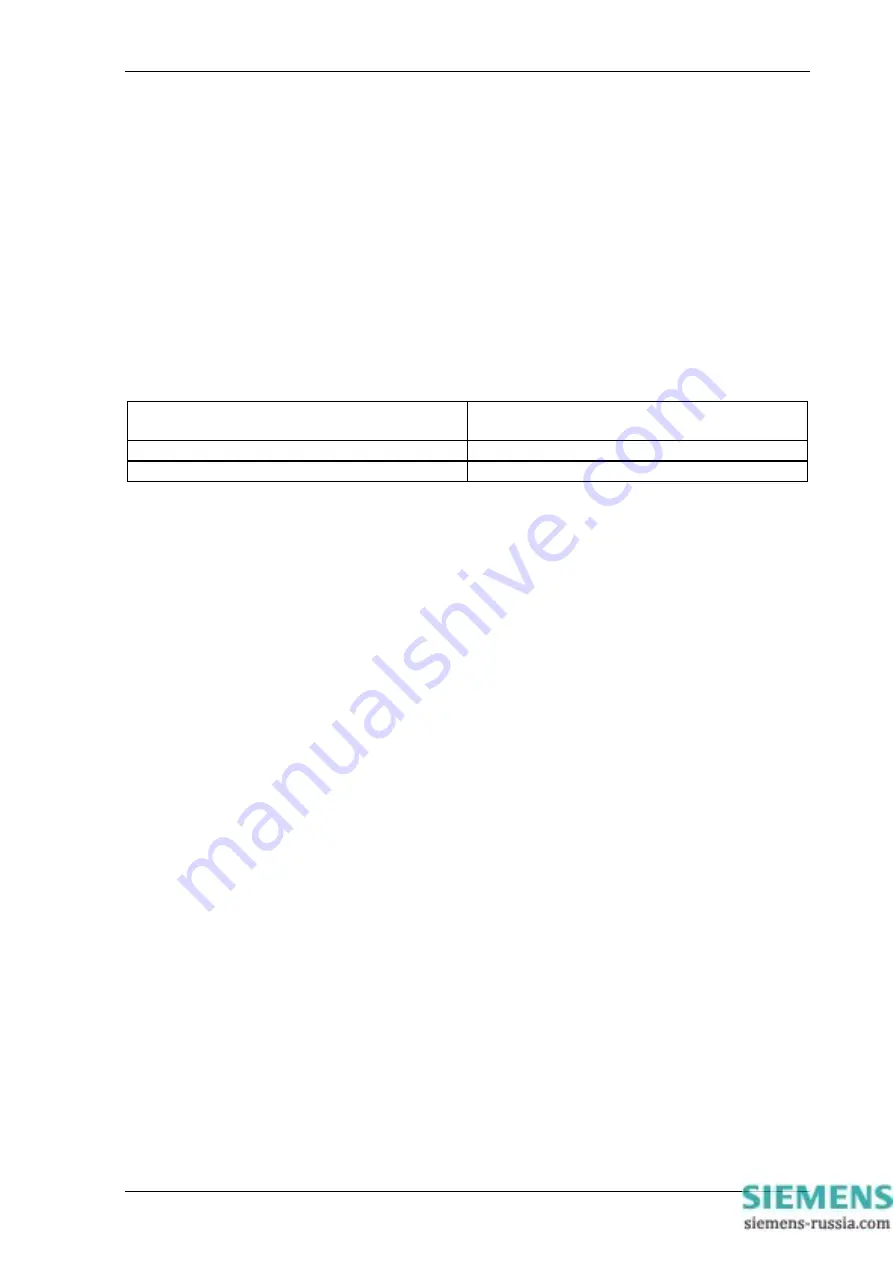
7SG11 Argus 8 Communication Interface
3 Modems
The communications interface has been designed to allow data transfer via modems. However, IEC 870-5-
103 defines the data transfer protocol as an 11 bit format of 1 start, 1 stop, 8 data and 1 parity bit which is a
mode most commercial modems do not support. High performance modems, for example, Sonix (now 3Com),
Volante and MultiTech Systems MT series will support this mode but are expensive. For this reason a parity
setting (see section 2.6) to allow use of easily available and relatively inexpensive commercial modems has
been provided. The downside to using no parity is that the data security will be reduced slightly and the
system will not be compatible with true IEC870 control systems.
3.1 Connecting a modem to the relay(s)
The RS232C standard defines devices as being either Data Terminal Equipment (DTE) e.g.
computers, or Data Communications Equipment (DCE) e.g. modems. To connect the modem to a relay
requires a fibre-optic to electrical connector and a Null Terminal connector which switches various
control lines. The fibre-optic converter is then connected to the relay in the following manner :
Fibre-Optic
Converter
Relay
Connection
Tx Rx
Rx Tx
3.2 Setting the Remote Modem
Most modems support the basic Hayes ‘AT’ command format, though, different manufacturers can use
different commands for the same functions. In addition, some modems use DIP switches to set
parameters while others are entirely software configured. Before applying the following settings it is
necessary to return the modem to its factory default settings to ensure that it is in a known state.
The remote modem must be configured as Auto Answer, which will allow it to initiate communications
with the relays. Auto answer usually requires 2 parameters to be set. One switches auto answer on
and the other, the number of rings after which it will answer. The Data Terminal Ready (DTR) settings
should be forced on which tells the modem that the device connected to it is ready to receive data. The
parameters of the modem’s RS232C port need to be set to match those set on the relay i.e. baud rate
and parity to be the same as the settings on the relay, and number of data bits to be 8 and stop bits 1.
Note : although it may be possible to communicate with the modem at e.g. 19200bps, it may not be
possible to transmit at this rate over the telephone system which may be limited to 14400. A baud rate
setting needs to be chosen which is compatible with the telephone system. As 14400 is not available in
the relay, the next lowest rate, 9600, would have to be used.
Since the modem needs to be transparent, simply passing on the data sent from the controller to the
device and vice versa, the error correction and buffering must be turned off. In addition if possible force
the Data Carrier Detect (DCD) setting to ON as this control line will be used by the fibre-optic
converter.
Finally these settings should be stored in the modem’s memory for power on defaults.
3.3 Connecting to the remote modem
Once the remote modem is configured correctly it should be possible to dial into it using the standard
configuration from a local PC. As the settings on the remote modem are fixed, the local modem should
negotiate with it on connecting and choose suitable matching settings. If it does not, however, set the
local modem to mimic the settings of the remote modem described above.
©2010 Siemens Protection Devices Limited
Chapter 4 Page 5 of 8
















































